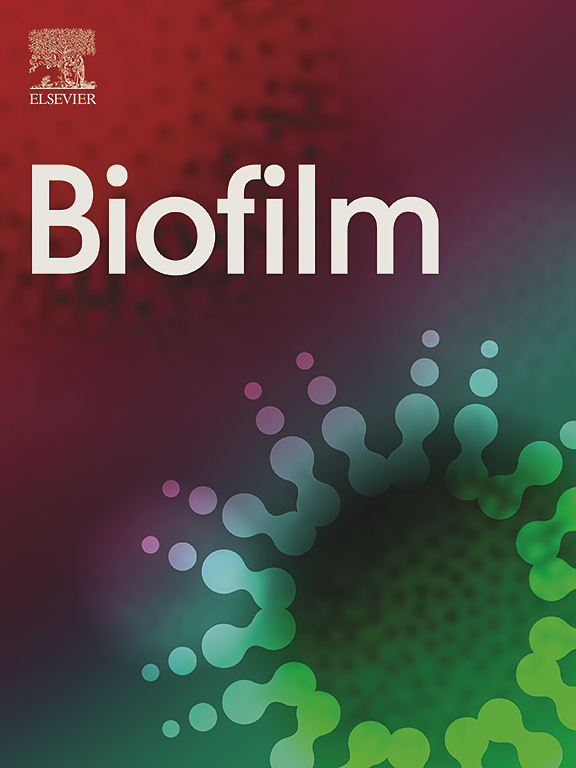Combination of phages and antibiotics with enhanced killing efficacy against dual-species bacterial communities in a three-dimensional lung epithelial model
IF 5.9
Q1 MICROBIOLOGY
引用次数: 0
Abstract
Pseudomonas aeruginosa and Staphylococcus aureus are opportunistic pathogens commonly found in biofilm-associated polymicrobial respiratory infections that are challenging to control. Studies performed in laboratory standard conditions suggest that bacterio(phages) and antibiotic combinations are more active against bacterial communities and biofilms than each agent alone. The purpose of this work was to study the antibacterial efficacy of phage-antibiotic combinations using an in vivo-like three-dimensional lung epithelial model that mimics aspects of the parental tissue, colonized by a mixed bacterial community of P. aeruginosa and S. aureus. The bacterial population was targeted by phages specific to P. aeruginosa and/or gentamicin and ciprofloxacin. The results showed that P. aeruginosa was eradicated from the dual-species community when phage treatment was followed by gentamicin and was significantly reduced when followed by ciprofloxacin. Moreover, applying phages first followed by antibiotics demonstrated superior antibacterial activity compared to simultaneous treatment or treatments with the reverse order of application. This approach also reduced the S. aureus population but not as significant as the P. aeruginosa population. Using an in vivo-like model we demonstrated that phages and antibiotics are effective against dual-species bacterial communities, particularly targeting the P. aeruginosa population. However, but the sequence in which these antimicrobials are applied significantly in fluences the effectiveness of bacterial killing.
求助全文
约1分钟内获得全文
求助全文

 求助内容:
求助内容: 应助结果提醒方式:
应助结果提醒方式:


